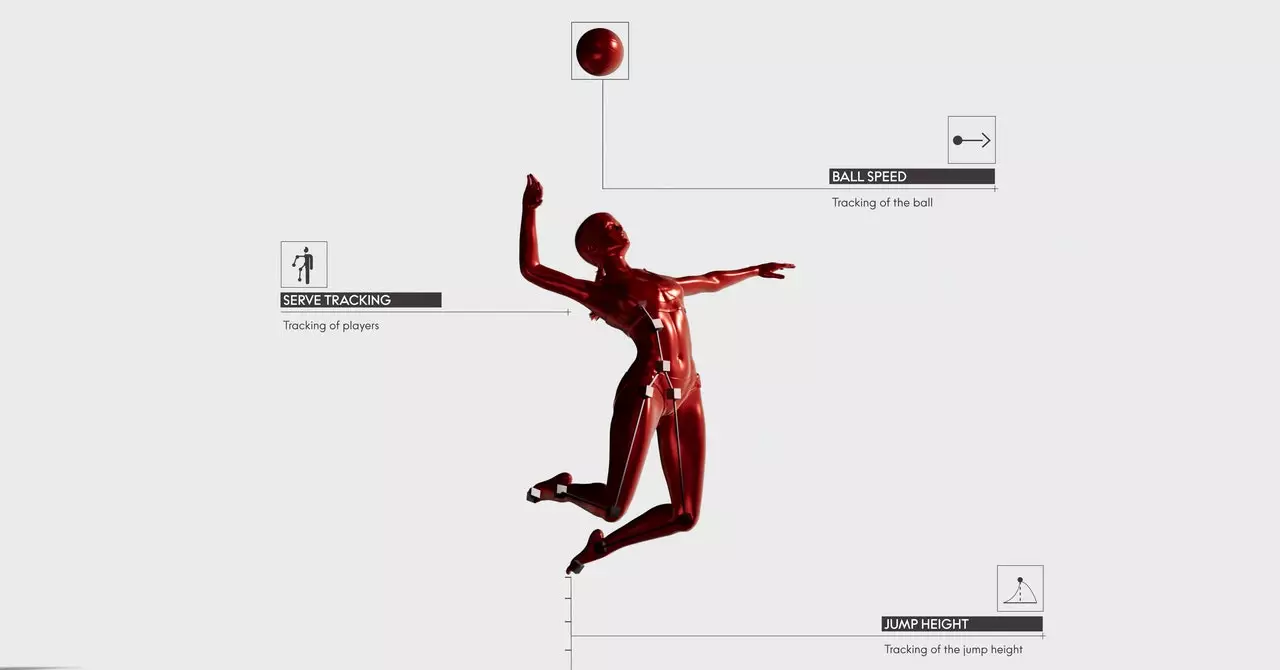The 1960 Olympics in Rome witnessed one of the most controversial gold medals in the history of swimming. Australian swimmer John Devitt and American Lance Larson both finished the 100-meter freestyle men’s swimming event with a time of 55.2 seconds. Despite Larson being technically faster by one-tenth of a second, the head judge at the event declared Devitt as the winner. This decision raised many eyebrows and fueled the need for more accurate timing methods in swimming competitions.
The timing of swimming events used to rely on three timers per lane with stopwatches, averaging the results to determine the final time. However, instances like the tie between Devitt and Larson highlighted the potential for human error in this method. Consequently, Omega took the initiative to develop touch boards for the ends of swimming lanes by 1968. These touch boards allowed athletes to stop their own timing, eliminating the possibility of inaccuracies caused by stopwatch timing.
Alain Zobrist, the head of Omega’s Swiss Timing branch, leads a team of 400 employees dedicated to timing, measuring, and tracking various sports events. The branch is known for its innovative solutions to timing challenges in sports competitions. For instance, the introduction of electronic starting pistols connected to speakers in staggered-lane races addressed the issue of delayed sound reaching athletes in the outer lanes. Similarly, the Scan-o-Vision technology introduced by Omega can capture up to 40,000 digital images per second, enabling quick and accurate decisions in photo finishes.
While Omega’s logo has been a fixture in Olympic timing since 1932, Swiss Timing’s role goes beyond simply recording start and finish times. According to Zobrist, the focus is on telling the story of the race rather than just presenting the results. This shift in perspective has transformed the way timing is perceived in sports, emphasizing the narrative and context surrounding each event. As preparations for the Paris 2024 Olympics intensify, Swiss Timing continues to innovate and add new dimensions to the way timing is approached in international sporting competitions.
Looking ahead, the advancements made by Omega’s Swiss Timing branch signal a new era in Olympic timing technology. The emphasis on accuracy, efficiency, and storytelling in timing methods reflects a commitment to enhancing the overall experience of athletes and spectators. As the world of sports continues to evolve, the role of technology in timing will remain crucial in ensuring fair and precise outcomes in competitive events. Omega’s legacy in timing innovations paves the way for a future where timing in sports is not just a technicality but an integral part of the sporting narrative.


Leave a Reply